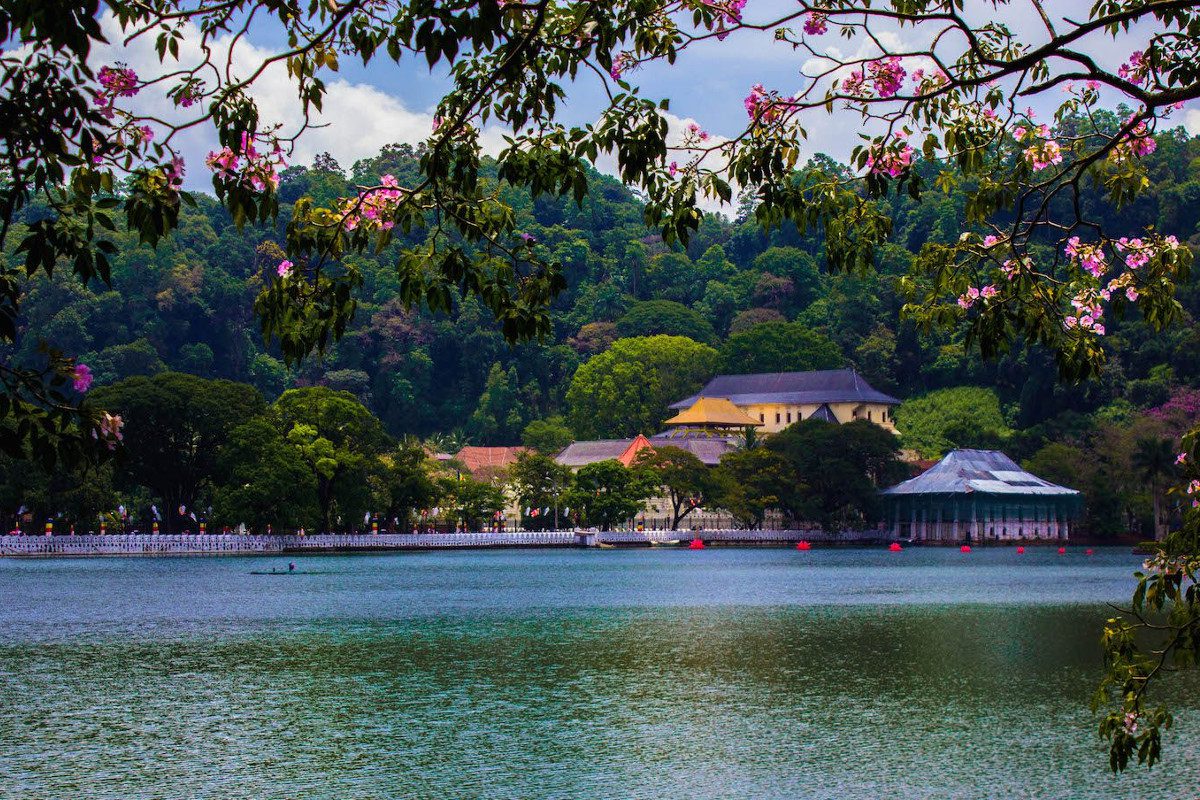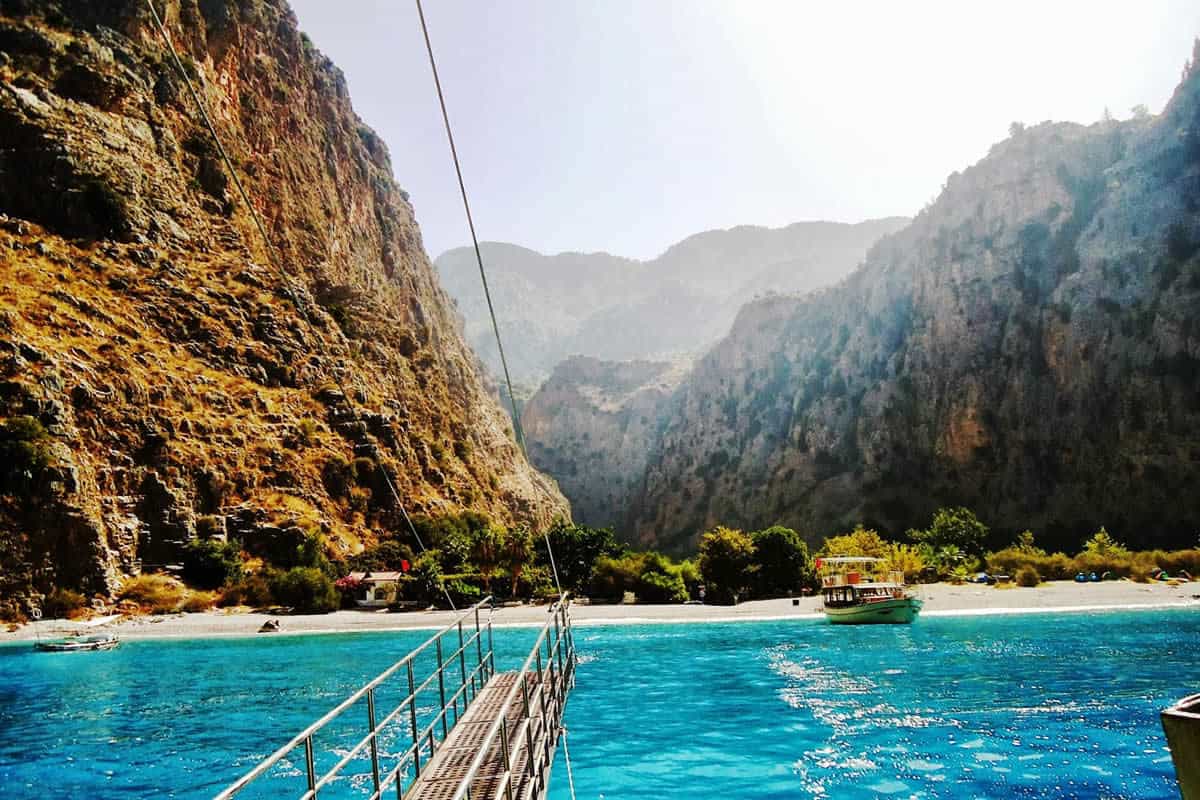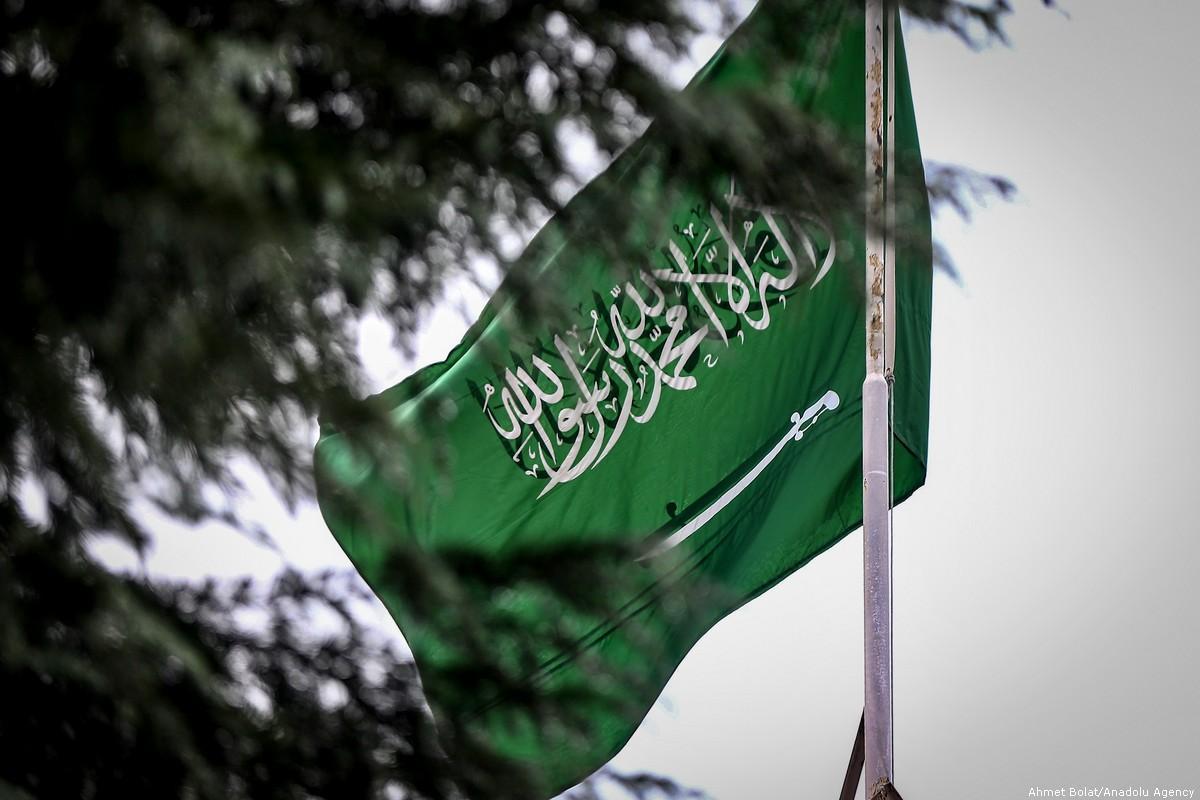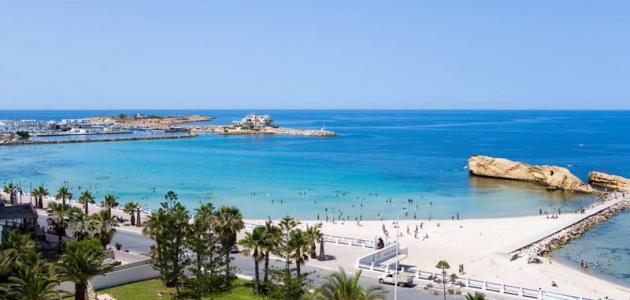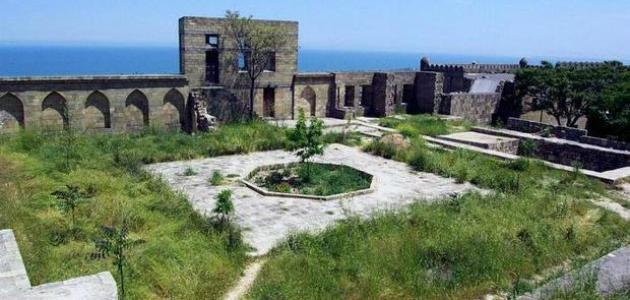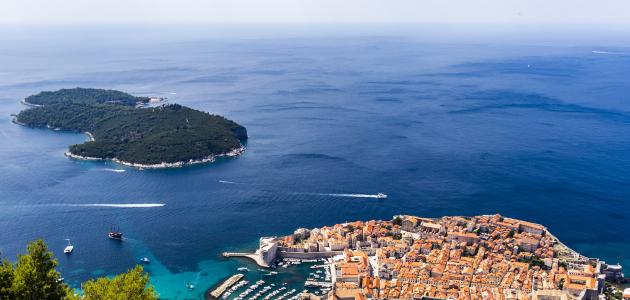Table of Contents
Holland
The Netherlands (English: Netherlands), is a country located in the north of the continent of Europe, and shares geographical borders with Germany and Belgium, and the city of Amsterdam is the official capital of the Netherlands. The Netherlands has a constitutional monarchy in its rule, and the Dutch government is the executive source of legislation, which oversees all local decisions and activities and international relations, while the Dutch parliament consists of a council of 75 members, and they have the right to vote on government decisions, and to approve or reject them .
Landmarks and things known to the Netherlands
The Netherlands is famous for a number of historical, natural and archaeological monuments, the most famous of which are:
- The flowersIt is one of the most famous landmarks and phenomena in the Netherlands: the land of flowers, which adds a group of beautiful shapes to the Dutch green lands, and the tulip is the official flower of the Netherlands, and the Dutch lands produce more than 7 million types of flowers; therefore it is one of the most famous and largest exporters of flowers globally .
- Historic Dutch castlesThe historical castles that exist in the country of the Netherlands amount to more than 700 castle and archaeological house; most of them were present in the Middle Ages, and at the present time many of them are no longer used except for tourist visits and the following is a group of these castles:
- Dorwith Castle: It is one of the oldest castles in the Netherlands, which dates back to the twelfth century AD, and is characterized by the beauty of its building that contains a group of trees and the vast plains surrounding it, as the castle is located on the banks of the River Rhine, which contributes to adding that distinction to its nature.
- Amirongen Castle: It is one of the old castles in the Netherlands, which work began to be established since the seventeenth century AD, and became available in 2011 AD for public visits, and contains a group of gardens, which many tourists visit in order to see the beauty of the castle and the surrounding nature.
- Weldem Castle: It is one of the largest castles in the Netherlands, which is located in the eastern side of it, and is now used as a tourist site visited by tourists in order to see its historical design, and the (Baroque) Natural Park which is within its geographical area.
- Watery landsIt is one of the well-known areas in the Netherlands, where many water lands are spread, which contribute to the emergence of the famous water coast in the Netherlands, and a group of water bodies, such as lakes, and rivers that contribute to pumping water, are connected by the use of windmills through the use of windmills. Which the Netherlands is famous for, which leads to the reclamation of many agricultural lands.
- General customs and traditionsIt is the one that reflects the general and popular heritage prevailing in the Netherlands, as the Dutch are famous for a group of customs that reflect the nature of the popular culture prevailing in their society, and the most famous of these customs and traditions:
- Confectionery: It is a well-known tradition in the Netherlands, which is characterized by preparing traditional types of sweets, and is part of the daily life of the Dutch, specifically the manufacture of cakes and pastries.
- Drinking coffee with milk: it is one of the old and traditional customs in the Netherlands, which reflects the national identity of the Dutch people, and this habit spreads among almost all residents of the Netherlands, especially during the period of eating breakfast.
History of the Netherlands
The history of the Netherlands dates back to the indigenous people of the Celts, but its name means low countries, and the Romens reached its land with the aim of occupying it in the first century B.C., but the French population managed to expel the Romens in the fifth century AD, and the Frankish kingdom, which Christianity became its official religion, established and ended This kingdom ruled the Netherlands in the ninth century AD, which led to its division into two parts: the eastern part of Germany, and the western part of France.
France or Germany did not care about the Dutch lands until after it developed economically, so the trade and industry in the Netherlands became one of the strongest economic sectors, and the French rulers, known as the Dukes of Burgundy, managed to control most of the low Dutch lands, but their lands later came to belong to the Austrian Empire.
In the year 1506 AD, the lands of the Netherlands came under the control of Governor Charles V, who later became ruler of Spain, which led to the annexation of the Spanish rule by Spain, after which his son Philip II took over the rule, but a revolution broke out against him in the Dutch lands, and resulted in many divisions in Dutch society, This revolution eventually led to the independence of the Dutch provinces in 1648 AD and became known as the Dutch Republic, but it did not obtain official recognition.
Many wars broke out between the Netherlands on the one hand and England and France on the other, and in 1795 AD the Netherlands became a French kingdom, but the Dutch managed to expel French control over their land, and the Prince of Orange Wilhelm became the first king of the Netherlands, and specifically during the twentieth century AD The outbreak of the First World War, the Netherlands did not participate in the war, but in the Second World War it was occupied by the German forces. After the end of the World War and the German occuAl Bahahn of the Netherlands, the Dutch government was keen to work towards rebuilding the Dutch society, and was keen to develop it in all areas. Machines.
Geographical topography in the Netherlands
The total geographical area of the Netherlands is 41,523 km², and the Dutch geographical terrain is divided into four regions:
- Dunes: It is the high geographical area, which rises between 4,5 m to 7,5 m, and extends to cover the Dutch sea coast of the North Sea, and it is considered an area full of non-arable sand with a few trees spread over its land.
- Dried land: It is the region where most of its lands are located at lower elevations than sea level, and its geographical area constitutes approximately two-fifths of the geographical area of the Netherlands, and it contains areas consisting of clay soils and farms that produce many agricultural products.
- Sandy plainsIt is the plains that are located at an altitude less than 30 m above sea level. These plains vary between flat and sandy lands that affect the nature of agriculture in them, but many of their lands were reclaimed, which contributed to supporting agricultural production.
- Southern Highlands: It is the highest in the Netherlands, and is characterized by its fertile soil, on which many types of vegetables and fruits grow.
Population in the Netherlands
The estimated number of the population of the Netherlands is approximately 17,016,967 million, and the population of Dutch origins constitutes 78.6%, while the remaining percentages are distributed among the population of the tribes and peoples who migrated to the Netherlands, including the Europeans by 5.8%, and the Turks by 2, 4%, and other people, and the Dutch is the official language in the Netherlands, and is used in all public areas.
Video Van Gogh and the story of the islands
Would you imagine that the carrots were not orange at all? What is the relationship of the Dutch color? :


